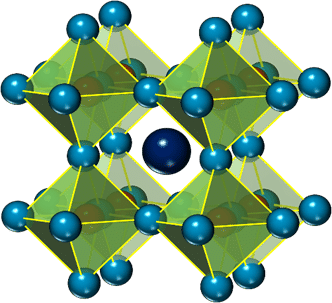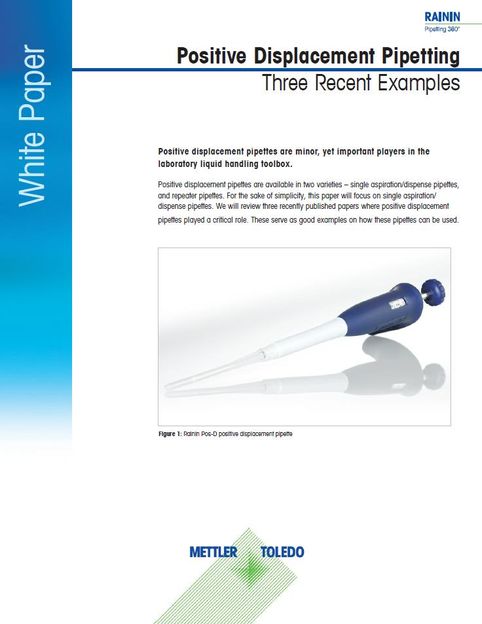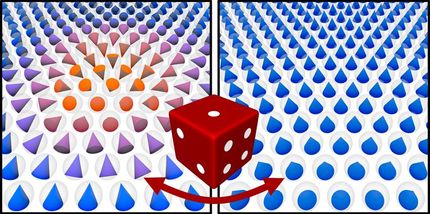New effect on laser induced switching for higher data densities
An international collaboration has now demonstrated a completely new approach to increase data density in storage media. They used ultra-short laser pulses to trigger a phase transition in the ferromagnetic material BaFeO3 (BFO). Experiments at the Femtospex facility at BESSY II of Helmholtz-Zentrum Berlin showed that by inducing this phase transition, magnetic domains can be easily manipulated. These magnetic domains are otherwise very stable and therefore suited for long-time data storage.

BFO has a perovskite crystal structure.
University of Tokyo
The storage capacity of hard disks has increased steadily over decades. But now, it is approaching limits given by fundamental laws of physics. Very small magnetic bit-units that can readily be switched by a hard-disk write head tend to become instable and to lose the stored magnetic information with time. More stable magnetic materials exist but they are so stable that they cannot be switched with the write head any more. Techniques like heat-assisted magnetic recording overcome this problem by heating the magnetic bit when writing thereby reducing the energy barrier that needs to be overcome.
Laser pulses help switching
An international collaboration has now demonstrated a completely new approach to manipulate the energy barrier in a magnetic material. They lower the barrier for magnetic manipulation by driving the material across an insulator-to-metal transition. The team led by Prof Hiroki Wadati from the University of Tokyo studied the material BaFeO3 (BFO) with ultra-short x-ray pulses generated at the Femtospex facility of Helmholtz-Zentrum Berlin. The material is a ferromagnetic insulator with a comparably stable magnetic order. Only when exposed to laser pulses above a certain threshold power, the material turns highly susceptible to an external change of its magnetic state and can easily be switched by an external magnetic field.
Local phase transition lasts long enough for technical applications
By combining magnetic and spectroscopic probes the scientists could identify the threshold for easy magnetization switching with the formation of a transient metallic state in the material. Unlike in common magnetic materials, where laser-excitation creates a metallic-like state only for less than a trillionth of a second, the electronic structure of BFO leads to a self-stabilization of this metallic state. It persists about thousand times longer, bringing the effect in a time range where technical applications become possible.
Ultrafast processes observed at FEMTOSPEX facility
These findings, published in Physical Review Letters, show a new approach to magnetic data manipulation. The also demonstrate the capacity of the Femtospex facility at HZB to combine magnetic and spectroscopic information into a comprehensive picture of ultrafast processes in materials.
Original publication
T. Tsuyama, S. Chakraverty, S. Macke, N. Pontius, C. Schüßler-Langeheine, H. Y. Hwang, Y. Tokura, and H. Wadati; "Photoinduced Demagnetization and Insulator-to-Metal Transition in Ferromagnetic Insulating BaFeO3 Thin Films"; Phys. Rev. Lett. 116, 256402
Most read news
Original publication
T. Tsuyama, S. Chakraverty, S. Macke, N. Pontius, C. Schüßler-Langeheine, H. Y. Hwang, Y. Tokura, and H. Wadati; "Photoinduced Demagnetization and Insulator-to-Metal Transition in Ferromagnetic Insulating BaFeO3 Thin Films"; Phys. Rev. Lett. 116, 256402
Organizations
Other news from the department science

Get the chemical industry in your inbox
By submitting this form you agree that LUMITOS AG will send you the newsletter(s) selected above by email. Your data will not be passed on to third parties. Your data will be stored and processed in accordance with our data protection regulations. LUMITOS may contact you by email for the purpose of advertising or market and opinion surveys. You can revoke your consent at any time without giving reasons to LUMITOS AG, Ernst-Augustin-Str. 2, 12489 Berlin, Germany or by e-mail at revoke@lumitos.com with effect for the future. In addition, each email contains a link to unsubscribe from the corresponding newsletter.
Most read news
More news from our other portals
Last viewed contents
Assay
Photometer
BASF, CogniTek sign joint development agreement for creation of high efficiency heat exchange utilizing ionic liquids
Extremely_high_frequency
Jadeitite
Porphyroclast
Argillaceous_schist

Step by step to the end product through enzyme catalysis - Enzymes from microorganisms can produce valuable chemical substances. In a cascade, they can do that even if they need different environmental conditions




























































